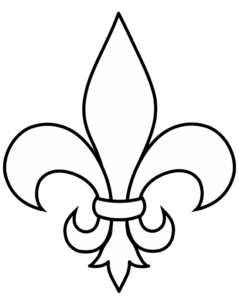
Of humble birth and little education, Catherine devoted her life to service. At age 16, St. Catherine of Siena joined the third order of St. Dominic, and for three years took care of the sick and poor. In her latter years she served outcasts. Her radiant faith made her an intercessor at the courts of Europe and of the popes on behalf of the needs of the people. At her death she left behind more than 300 letters of historical and literary value.

Presented for grandson Gary L. Austin by Mr. and Mrs. Leroy O. Schneeberger


St. Catherine of Siena by Giovanni Battista Tiepolo
